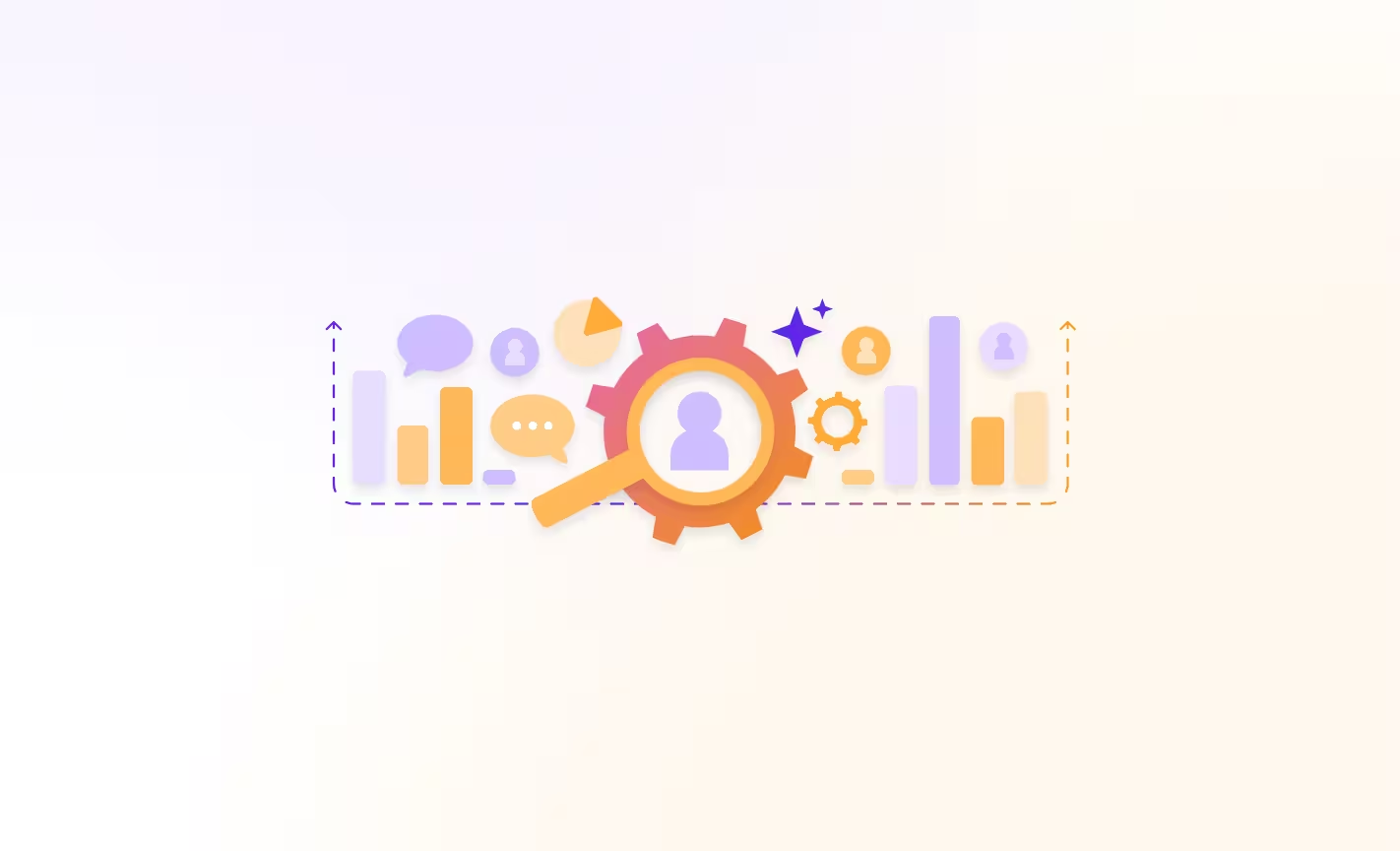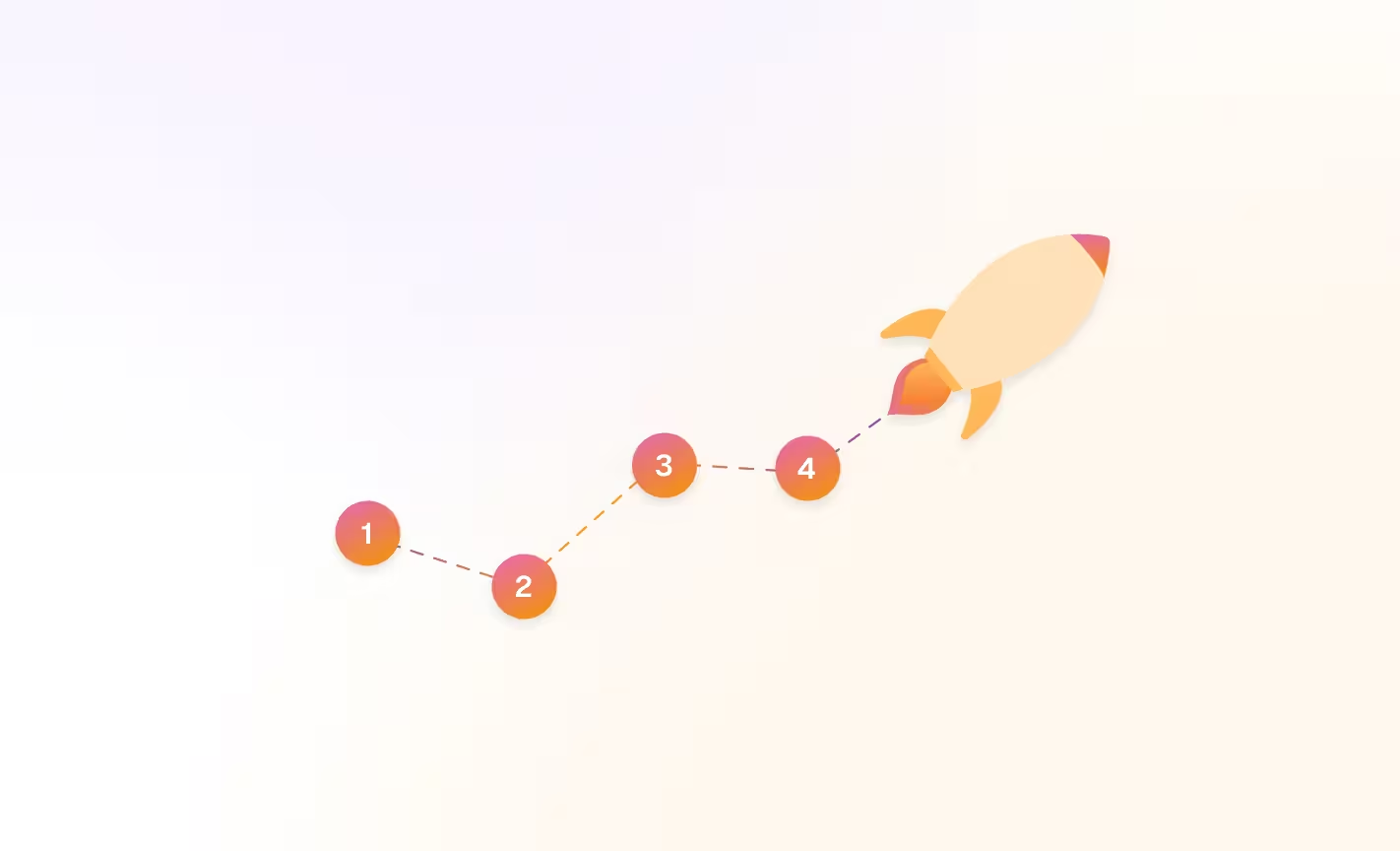AI can be a game-changer for the staffing industry. The right tools, rolled out the right way, really can help your recruiters move faster, make better matches, and spend more time doing what they’re great at—building relationships.
But not every AI rollout hits the mark.
Some staffing firms jump in with big expectations and end up underwhelmed. It’s not because the tech doesn’t work—it’s usually because it wasn’t set up to solve the right problems, or wasn’t integrated in a way that fits how recruiters actually work.
The firms seeing real results? They’re the ones who know what to watch out for. They’ve learned where AI tends to fall short—and how to course-correct before it does.
Let’s walk through the common missteps we see with AI in staffing, and more importantly, how you can steer clear of them.
Common reasons AI fails in staffing
There are a few key reasons AI doesn’t deliver in staffing—and some of the biggest issues show up before a single tool is added to the hiring process.
1. No clear problem to solve
One of the most common missteps is diving into AI because it sounds like the next big thing, not because you’ve pinpointed where it’ll actually help.
A lot of firms assume that buying an AI recruiting tool will automatically level up every part of their hiring process. But without a clear use case, new software just amplifies the chaos and creates more noise.
When there’s no defined problem, you get low adoption from your team, minimal ROI, and sometimes even more complexity—because now recruiters have yet another platform to log into, without a clear reason why.
So, before evaluating vendors or tools, get specific on how you’ll be using AI:
- What exact problem will you solve?
- Which process or workflow blockers will you remove with AI?
- Which business goals will AI help you achieve?
If you can’t answer these questions, it’s not time for an AI solution yet.
2. Ignoring recruiter workflows and user experience
Here's a dirty secret about the AI recruitment space: A lot of tools on the market right now are nothing more than ChatGPT wrappers with fancy branding or AI chatbots that can do simple tasks within the constrains of existing tools.
The problem with these tools isn't just limited functionality – they also make recruiters' lives harder, not easier. Complex, non-intuitive AI tools slow down recruiters instead of speeding them up as they break the natural rhythm of recruitment work.
And when you combine clunky tools with minimal training and support, you get frustrated recruiters who abandon the technology within weeks. They'll tell you AI doesn't work, when really, your AI implementation hasn’t worked.
3. Poor integration with existing systems
Nothing kills AI adoption faster than forcing your recruiters to constantly switch between platforms when doing their daily tasks. When your shiny new AI tool doesn't play nicely with your ATS, CRM, or calendar system, every interaction becomes a friction point.
Recruiters end up manually copying data between systems (if they bother to do the extra manual work, that is) and maintaining old workflows. Logging into multiple platforms to complete simple tasks is hugely inefficient and defeats the purpose of automation entirely.
Good integration is what determines whether your AI project will sink or swim. Recruiters will always choose the path of least resistance, and if that path doesn't include your AI tool, no one will use it.
4. Data quality issues
AI is like a high-performance engine – it needs quality fuel to run properly. So if you feed it incomplete or messy data, or choose a tool built on a less performant AI model, you'll get unreliable results that can’t be used for decision-making.
When the AI makes poor recommendations or misses obvious candidate matches, recruiters blame the technology. But really, the problem is that recruiters are being lazy with the candidate data they’re entering into the ATS.
Essentially, put garbage in and you’ll get garbage out. It’s as simple as that!
5. Over-automation and loss of human touch
A big mistake a lot of businesses make when adopting AI hiring tools for the first time is to think they can use artificial intelligence to completely automate the entire hiring process. But using AI for talent acquisition in ways that feel robotic to candidates — sending cold, repetitive outreach or impersonal assessments — won’t engage top talent, that’s for sure.
This feels more like dealing with a vending machine than a professional service, and candidates will inevitably drop out of the application process quickly.
Over-automation can also leave recruiters feeling disconnected from their work. The relationship-building aspect that drew them to recruitment gets replaced by monitoring automated processes, and part of the magic gets lost.
This is why it’s so important to see AI technology as a way of creating human-machine synergy that allows recruiters to be more present with qualified candidates at the right times, not less.
How to ensure adoption from day one
So now you know where the potential pitfalls are when adopting AI at your staffing firm, let’s explore what you can do to ensure you avoid them.
1. Start with your biggest pain points
To make sure you choose an AI-powered recruitment tool that’s going to make an impact at your staffing firm, you need to already be thinking clearly about your pain points when you’re shopping around. If you’ve not got a clear idea of which stages of the hiring process need automated, how will you know what to look for?
It’s easy to get distracted by all the shiny, bells-and-whistle features that come with a lot of AI systems, but you want to pick tools that actually address your specific problems.
So take a step back and think about it: Is your hiring team spending too much time on resume screening and qualifying job applicants? Find a tool that can handle all candidate pre-screening for you.
Is your interview scheduling process a mess? Look for AI solutions that streamline coordination.
Struggling with candidate engagement? You’ll need sophisticated conversational AI that can communicate freely with applicants and passive candidates in your talent pools just like a human.
The staffing firms seeing real ROI from AI aren't using it to automate the entire hiring process, but strategically for the tasks that create the biggest bottlenecks in the candidate journey.
Note: The easiest way to get this step right is to start by mapping out your entire recruitment workflow. Here's an example of what this could look like.

2. Reimagine your way of working, instead of adding AI to it
If you add AI to a broken process, it will just speed up and magnify the problem, causing chaos for everyone involved. To allow AI to work its magic on your recruitment process, you need to totally reimagine how your team works.
To do this, first map your current process and where your pain points are. Then, you can look for new technology that’s designed to solve those pains. What stages can you delegate to AI and which ones will still require human judgment from a recruiter?
The key is designing clear handover points. Your recruiters should be able to seamlessly jump into an AI-led process whenever their expertise is needed, and hand back control when the AI can continue effectively without them.
Continuing with the example above, here's what your redesigned recruitment process could look like, with AI taking over tasks from human recruiters.

3. Ensure seamless integration
When you’re implementing AI for the first time, you need to make integration capabilities your top priority when choosing a vendor. If a tool can't connect smoothly with your ATS, CRM, and other core systems, walk away—no matter how impressive the demo looks.
The best AI tools will basically disappear into your existing workflow, embedding seamlessly into how your recruiters work. Recruiters should be able to access AI assistance without leaving the platforms they use every day or changing their workflows.
The moment you create extra steps or require manual data entry, you're setting yourself up for failure. You need to look for an AI solution that integrates with your current systems in a way that hiring managers and job seekers barely notice it’s there, and good integration is the only way to achieve this.
4. Consider both the candidate and the recruiter experience
Great AI tools are designed with both the candidate and the recruiter in mind. The perfect formula is software that makes recruiters more effective while at the same time making candidates feel more valued.
For recruiters, this means choosing AI that’s genuinely intuitive and reduces their workload by taking over repetitive admin tasks rather than creating whole new tasks for them to get their head around.
It’s also crucial to invest in proper training and ongoing support from day one—not just a one-hour demo, but real skill-building that helps your team maximize the technology and see tangible impact on their recruitment metrics.
Where candidates are concerned, you need an AI-driven tool that uses generative AI to provide faster human-like communication, a smoother application process and all-round better candidate experience. It’s about creating AI-powered workflows that reduce admin and empower recruiters to maintain the human connection that candidates expect. Use AI to assist, not replace, communication with your candidates.
5. Plan for a data cleanup & ongoing enrichment
Before you flip the AI switch, it’s crucial you do some work on your candidate data. This involves cleaning up duplicate profiles, standardizing data fields like job titles and skills, and fill in missing datasets that will help the AI support you long term in making better hiring decisions.
At the technology onboarding stage, you also want to set up processes to maintain better data hygiene going forward. Train your team on good data entry practices, implement validation rules where possible, and regularly review how the AI is performing to identify any data gaps that need attention.
Think of data quality as ongoing maintenance, not a one-time project. The staffing firms that get the most out of AI technology treat their data like an asset that needs continuous optimization. This is how you plan for long-term success with your AI strategy.
Over to you
The best AI implementations don't feel like AI implementations at all—they feel like your team just suddenly got a whole lot better at their jobs.
The technology fades into the background while the results speak loudly: faster placements, happier candidates, and recruiters who actually enjoy using their tools.
Avoiding AI failure is about having clear awareness of the pitfalls and having realistic expectations about such initiatives - mainly the work you need to put in initially to get the outputs you want.
Start with real problems, look for AI technology that’s designed to solve them and implement the solution in the least disruptive way possible so your recruiters can keep doing their job but 5x faster and with better results.
To see how AI tools like Carv can solve every pain point mentioned in this article and more, book a free demo below.

.avif)

%20(1).avif)




